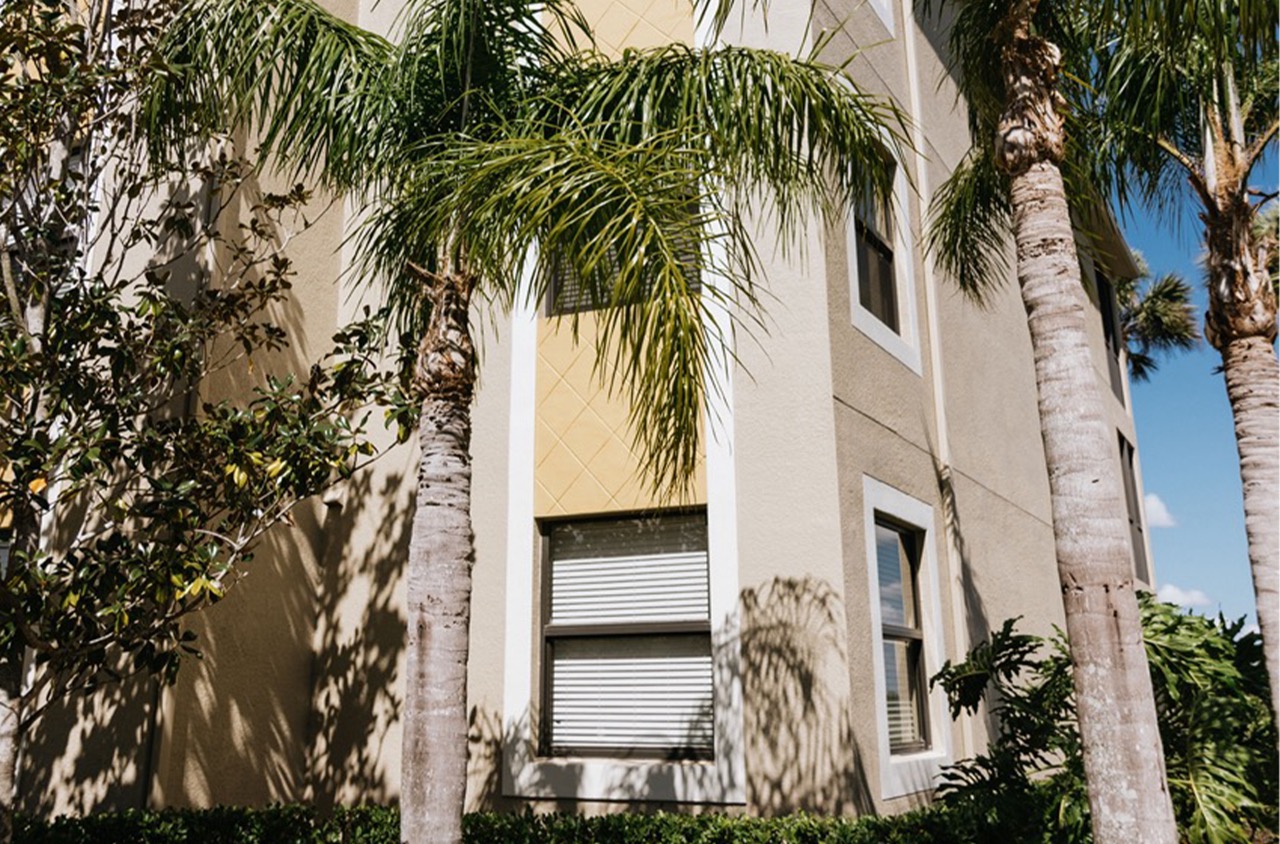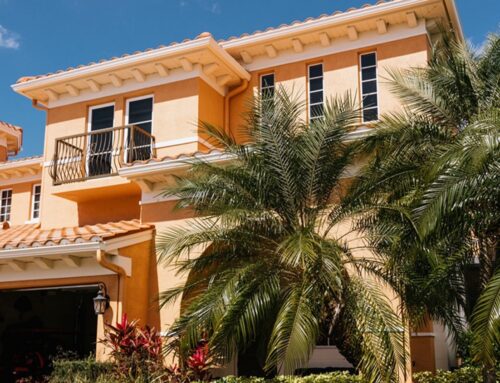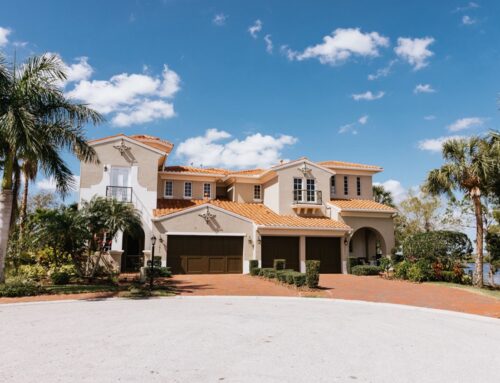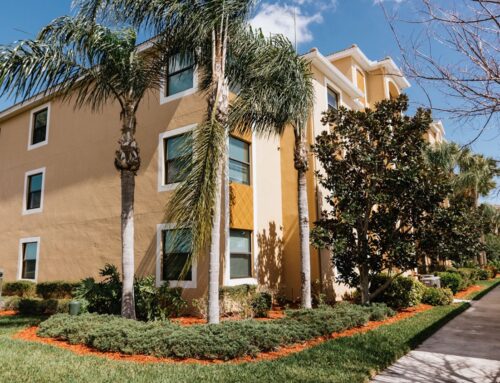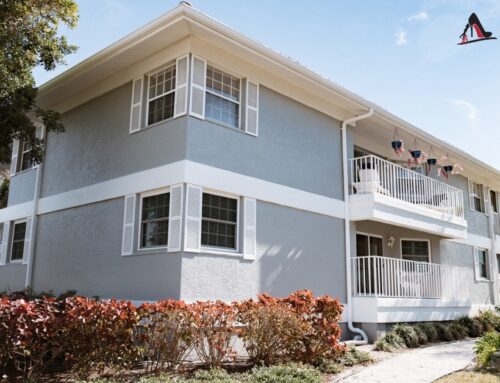What draws our eyes to the cool, raw nature of exposed bricks, steel beams, and unfinished concrete? Industrial aesthetics have become a focal point in modern design, transforming spaces with a blend of functionality and visual intrigue. This style, which traces its origins to the factories and warehouses of the late 19th and early 20th centuries, emphasizes minimalist, open spaces adorned with authentic materials. Such elements not only tell stories of time and craftsmanship but also provide a distinct atmosphere that combines both comfort and edge. In residential and commercial spaces alike, the industrial look emphasizes utility and unrefined charm. Whether through subtle nods or full-fledged design commitments, incorporating industrial aesthetics can redefine the ambiance of a space, inviting warmth through cool minimalism. As this trend continues, understanding its principles and applications can guide homeowners and business owners alike to create environments that are stylishly functional.
The Appeal of Industrial Aesthetics
The industrial aesthetic has found its stride, blending raw functionality with a sleek, modern vibe that resonates with many businesses today. Imagine exposed brick and steel beams in a once-traditional office setting, transforming it into a space where creativity thrives. This style’s appeal lies in its simplicity and nuanced, unpretentious design elements. These characteristics create an open, productive environment that prioritizes both form and function.
Choosing materials like concrete, metal, and wood offers a balance of rugged and refined. In designing interiors, businesses can recycle and repurpose materials, such as salvaged wood or even aged metal, to infuse character without unnecessary expenditure. Incorporating large windows and high ceilings promotes a sense of openness and space, enhancing this aesthetic further by welcoming natural light.
To integrate this look effectively, focus on color palettes dominated by blacks, grays, and whites. These tones provide a clean, neutral canvas that complements the textures around it. The interplay of light and shadow on these surfaces can accentuate architectural details and create depth, offering a dynamic visual interest even in the simplest forms.
Functionality remains key, so any chosen furniture should mirror this with sleek lines and minimalist designs. Metal chairs and wood-topped desks can add to the overall look while remaining practical for daily use. Make your space flexible by embracing open floor plans that allow for adaptation as business needs change.
Lighting is crucial in achieving an ideal industrial setting. Opt for fixtures with an unfinished look, like metal or Edison bulbs, to emit a warm glow that softens harsher concrete and metal elements. Adjustable lamps and pendant lights provide versatility and emphasize specific areas without cluttering the space.
Finally, facilitate easy transitions between aesthetic zones by introducing subtle, practical accents like plants or artwork, which can add a lively contrast to the sturdy, raw backdrop typical of the industrial vibe. Each element should contribute to a cohesive narrative of resilience, function, and understated style, crafting an atmosphere that invites both clients and creativity alike.
Color Palettes for Industrial Spaces
Creating the right color palette for an industrial space can significantly influence both the environment’s functionality and the occupant’s well-being. Industrial areas, including warehouses and manufacturing plants, often require colors that assist in improving visibility, safety, and even productivity.
Optics play a crucial role in industrial environments. Bright, clean, and light colors can transform a dull, dark space into a vibrant, efficient work area. Light colors such as whites and soft greys not only reflect light better, enhancing natural and artificial lighting, but they can also make a space look larger. This simple choice can lead to reduced energy consumption, as the need for additional lighting decreases.
Safety is paramount in industrial settings, and color can help communicate important messages and outline specific zones. Utilizing bold colors like red, yellow, and orange draws attention to hazardous areas or equipment. These colors are naturally alerting and can be used to mark zones around heavy machinery or high-traffic pathways. Meanwhile, colors like blue and green can denote areas that are safe and calming, potentially reducing stress in break areas.
Consider the psychological effects of color on workers. Cool hues, such as blues and greens, can create calm, stabilizing atmospheres that aid concentration and reduce anxiety. Meanwhile, warmer hues like yellows and oranges can uplift and energize, boosting morale and productivity. Finding a balance between these tones tailored to your area’s specific tasks can help optimize performance.
It’s also essential to maintain consistency with your company’s branding colors whenever feasible. Integrating these into the space can foster a sense of unity and reinforce branding.
Incorporating mindful color schemes into industrial design isn’t just about aesthetics. Thoughtful choices improve safety, efficiency, and employee satisfaction, ultimately contributing to a more productive working environment.
Combining Metals and Paint for Effect
Incorporating different metals with paint can transform a basic area into a sophisticated environment. The fusion of metal and color creates dynamic contrasts, offering a play of textures and finishes that can elevate the aesthetic of any space. When used thoughtfully, metals add a layer of depth, reflecting light in interesting ways or grounding a room with their natural allure.
Consider using metallic paints to mimic the appearance of metals such as gold, silver, or bronze. These paints contain tiny particles that catch the light, imparting a shimmering effect. When applied to feature walls or ceilings, they revitalize spaces by playing with the natural and artificial light in the room. To achieve this, focus on areas that receive varied lighting throughout the day to maximize the reflective dance.
Integrating actual metallic elements within the painted environment can yield striking results. Use metal trims or moldings along borders for a subtle yet effective statement. Stainless steel or copper accents can provide a modern twist, particularly in kitchens or bathrooms. For those with an industrial aesthetic, exposed ductwork or pipes can be painted with contrasting hues to unite the rawness of metal with the warmth or coolness of complementary paint colors.
If your business caters to commercial spaces, combining metals with paint can also influence customer perception. For example, a restaurant might benefit from copper tones intermixed with deep greens or rich maroons to evoke warmth and opulence, creating an inviting atmosphere that encourages patrons to linger. Offices might consider sleek steel or chrome accents against a muted palette to inspire a sense of innovation and efficiency, reinforcing a corporate ethos.
Experimentation can lead to unexpected and captivating results. When planning your next project, consider the way different metal finishes, like brushed, polished, or oxidized, interact with chosen paint colors. This interaction can define spaces, inspire moods, and reflect the desired message subtly yet powerfully.
Next Steps
Incorporating modern industrial design through thoughtful paint choices bridges aesthetics and practical functionality, enhancing both residential and commercial environments. When metals and urban hues are harmonized, they create an atmosphere where form meets function. Each color choice is an opportunity to subtly energize a workspace or add sophisticated warmth to a home. Striking a balance between the aesthetic and utilitarian can revitalize spaces, making them inviting yet durable.
Urban paint choices empower you to reflect a style that’s both contemporary and timeless, embracing industrial chic without sacrificing comfort. By carefully selecting colors and incorporating metal elements, you can achieve an effortless integration that resonates with sustainability and modernity.
As you embark on transforming your space, A Step Above Painting in Sarasota is ready to offer their expertise. Our team specializes in achieving the perfect interplay of paint and design for your personal or commercial needs. Contact us today for a free quote or consultation and let’s bring your unique vision to life.


